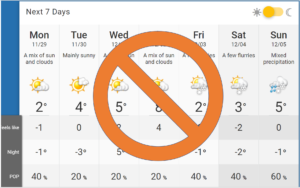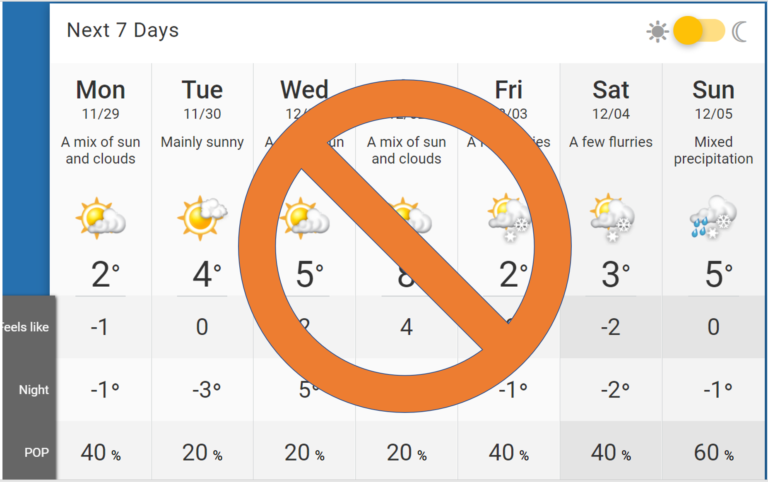As I mentioned before, although I enjoy a good wager, my maximum bet is normally $1. Last week, my brother-in-law, the owner, operator and namesake of a popular restaurant, offered to bet a bottle of wine that the reason the COVID-19 statistics look bad in the US is because of high rates of testing and because hospitals are fraudulently coding deaths as COVID-19 deaths so they can get paid more. My brother-in-law knows good wines, and I was feeling confident, so I violated my policy and accepted the bet.
These creative rationalizations for bad COVID-19 statistics have been circulating since the early days of the pandemic. As described in an April, 2020 fact-check article in the famous scientific journal, USA Today, they were discussed by FoxNews personalities Laura Ingraham, Tucker Carleson, Brit Hume and Harris Faulkner, as well as by talk radio commentator Steven Crowder and by bloggers on Western Journal. These theories have also been propagated on social media posts, subject to their own fact-checking retorts.
When we made the bet, I immediately sent text messages to my brother-in-law with links to two studies published in the Journal of the American Medical Association (JAMA) that I had covered in a previous blog post. Those two studies by Weinberger and Woolf both avoid relying on COVID test results or COVID diagnosis by just looking at the overall all-cause mortality rate trend. They found unexpectedly high “excess deaths” during the pandemic — and the number of such excess deaths was actually higher, not lower, than the official COVID19 death statistics based on test results and hospital diagnoses. So, if we were finding more COVID19 deaths due to high rates of testing, or hospitals were taking liberties with attributing non-COVID19 deaths to COVID19, there must be even stronger sources of bias pushing in the opposite direction. Presumably, those mechanisms of undercounting deaths due to COVID19 could include people that died without getting tested, or that died at home, or that died from indirect harms such as due to impaired access to treatment of other diseases and from spiking rates of suicides, opioid overdoses and homicides that may be influenced by economic hardships associated with the pandemic response.
As luck would have it, this week’s JAMA includes two additional relevant studies.
In the first study, Woolf and colleagues provide updated US excess mortality data through August 1, 2020, including an interesting breakdown by state. They found that, based on prior years data, they would expect 1,111,031 deaths in the US. But the actual number was far higher — 1,336,561 deaths. This means that there were 225,530 excess deaths. As of August 1, 2020, the official COVID-19 death tally was 150,541, explaining some of the excess deaths. But, that leaves 74,989 excess deaths still unexplained. Perhaps those are are deaths that are directly or indirectly caused by the pandemic, but not included in the official statistics. If so, that means that for every two officially-counted COVID19 deaths, there is another pandemic death that was uncounted.
Since August 1st, another 70,000 Americans have died, bringing the official total to over 220,000. Is that number exaggerated? No, it is almost certainly substantially undercounted, and the real number is probably more like 330,000.

If there is any doubt that the excess deaths are related to the pandemic, the graph above shows the break-down over time of the excess deaths for selected states, showing a spring surge in the Northeast and Midwest, followed by a lull before a summer surge in the South and West, consistent with surges seen in the official COVID19 mortality statistics.
In the second relevant study in this week’s issue of JAMA, Alyssa Bilinski (Harvard) and Ezekiel Emanuel (University of Pennsylvania) used a similar excess mortality methodology, but offered a comparison of the rates in the US with 14 other economically-advanced countries for which data was available. From the start of the pandemic on February 13, 2020 through July 25, 2020, only two of the other countries did worse than the US: Spain and the UK — due to early severe waves in those countries. But, even those countries apparently figured things out after being caught unprepared (or at least unlucky). Looking just at the data from June 7th to September 19th, after all 15 countries had a chance to get a proper pandemic response up and running, the US has had by far the worst performance, with 19.4% excess mortality compared to prior years.

After the US, Israel and Finland tied for second worst excess death rate for the June 7 – July 25 period, with 5.4%. If the US performed as well as the second worst country since June 7th, 46,000 more Americans would be alive. I reside in Canada, where the excess mortality was negative 7.6 percent for that period — meaning that the pandemic response was associated with an all-cause mortality that was lower than usual. Negative rates during that period were also observed for Norway, Germany, Switzerland, The Netherlands, Belgium and even the UK. Those negative rates tend to be small, so perhaps they are due to luck. But, what is clear is that the U.S. has performed poorly compared to its peers.
So, I plan to send a link to this post to my brother-in-law and I hope he accepts it as good enough to merit at least a glass of one of his excellent Amarones, which I hope to share as soon as the Canada-U.S. border permits, and which I hope to use to toast to his beautiful new grandson, who I know well from Facetime videos but have yet to meet in person!

















2 thoughts on “No, COVID statistics don’t look bad because the US does too much testing or because hospitals are attributing too many deaths to COVID”
Well done.
Well done. Also looking forward to a nice amarone